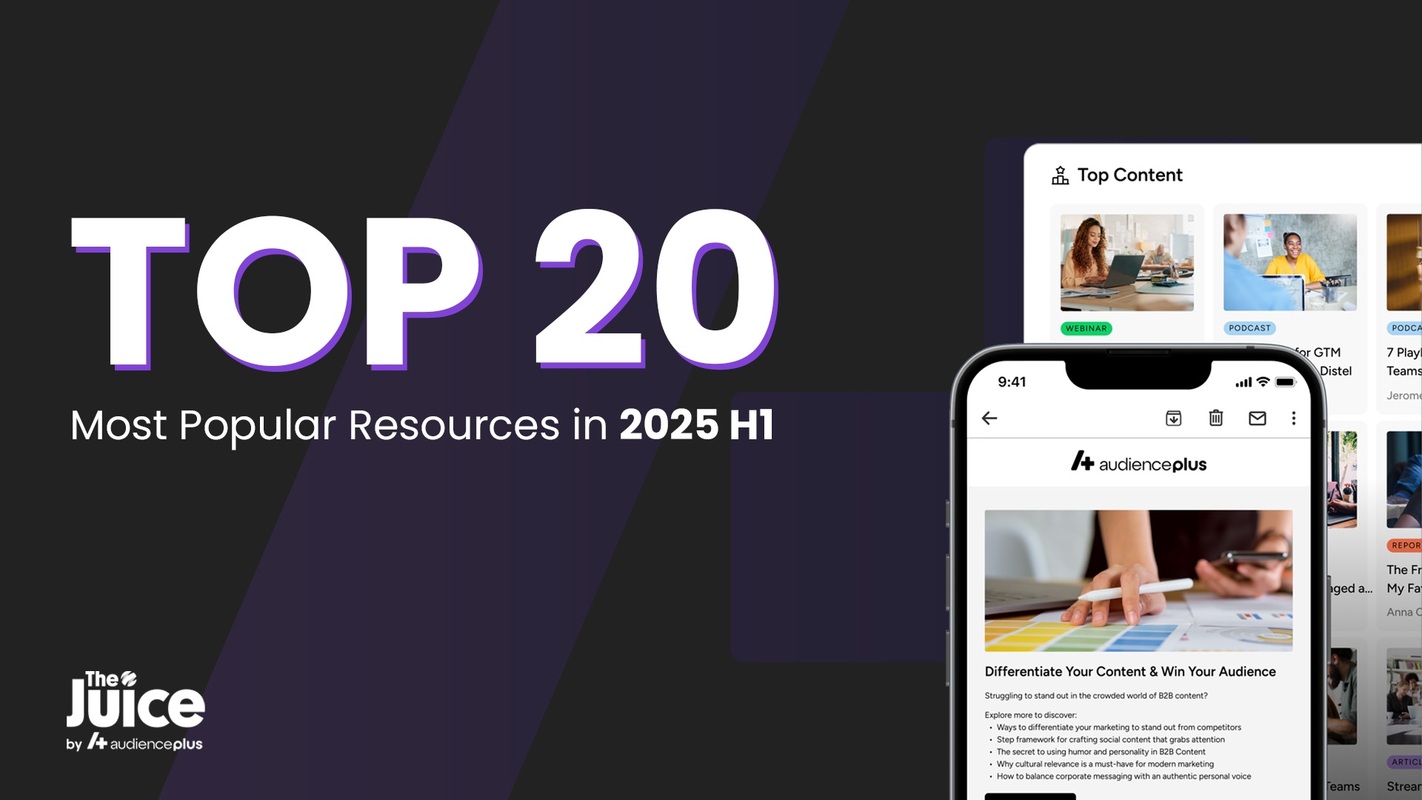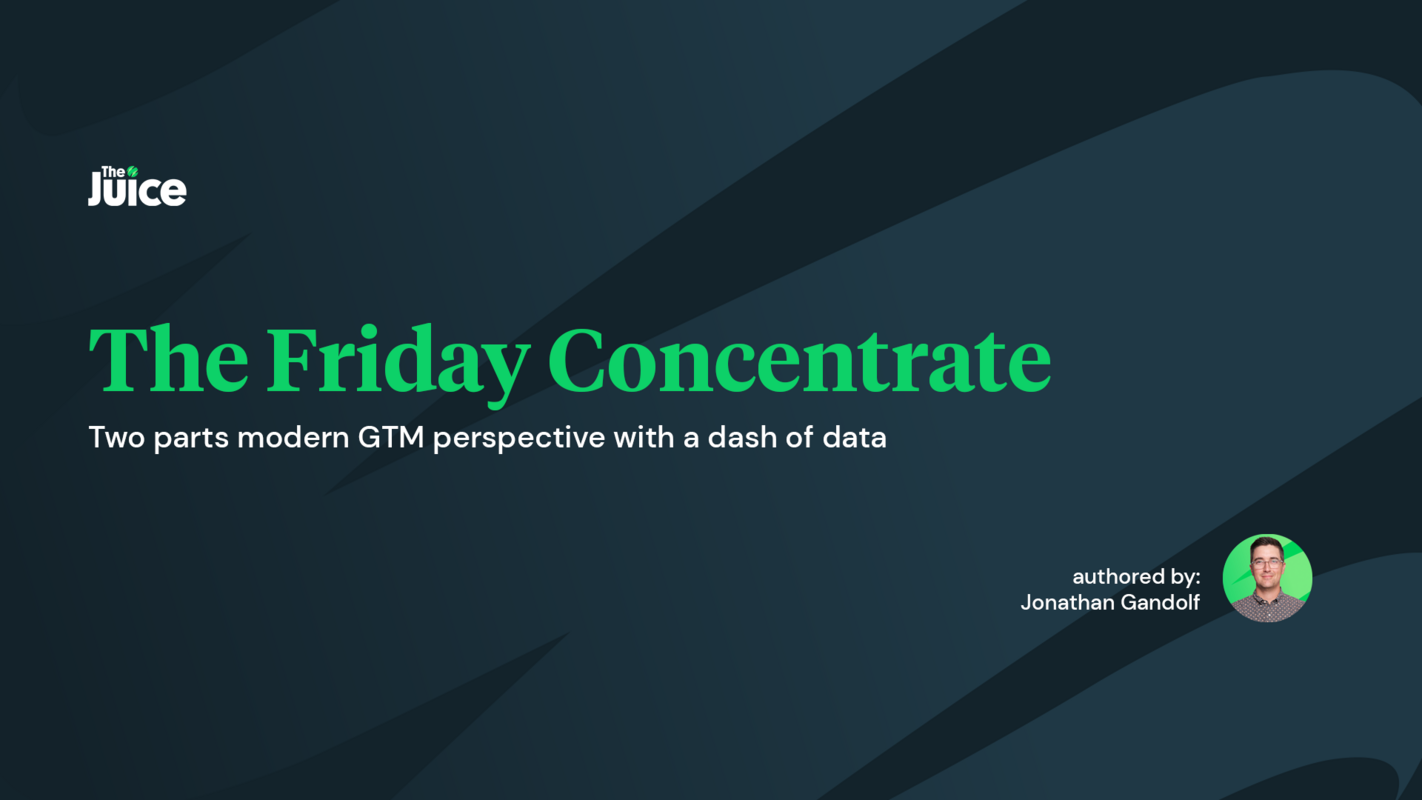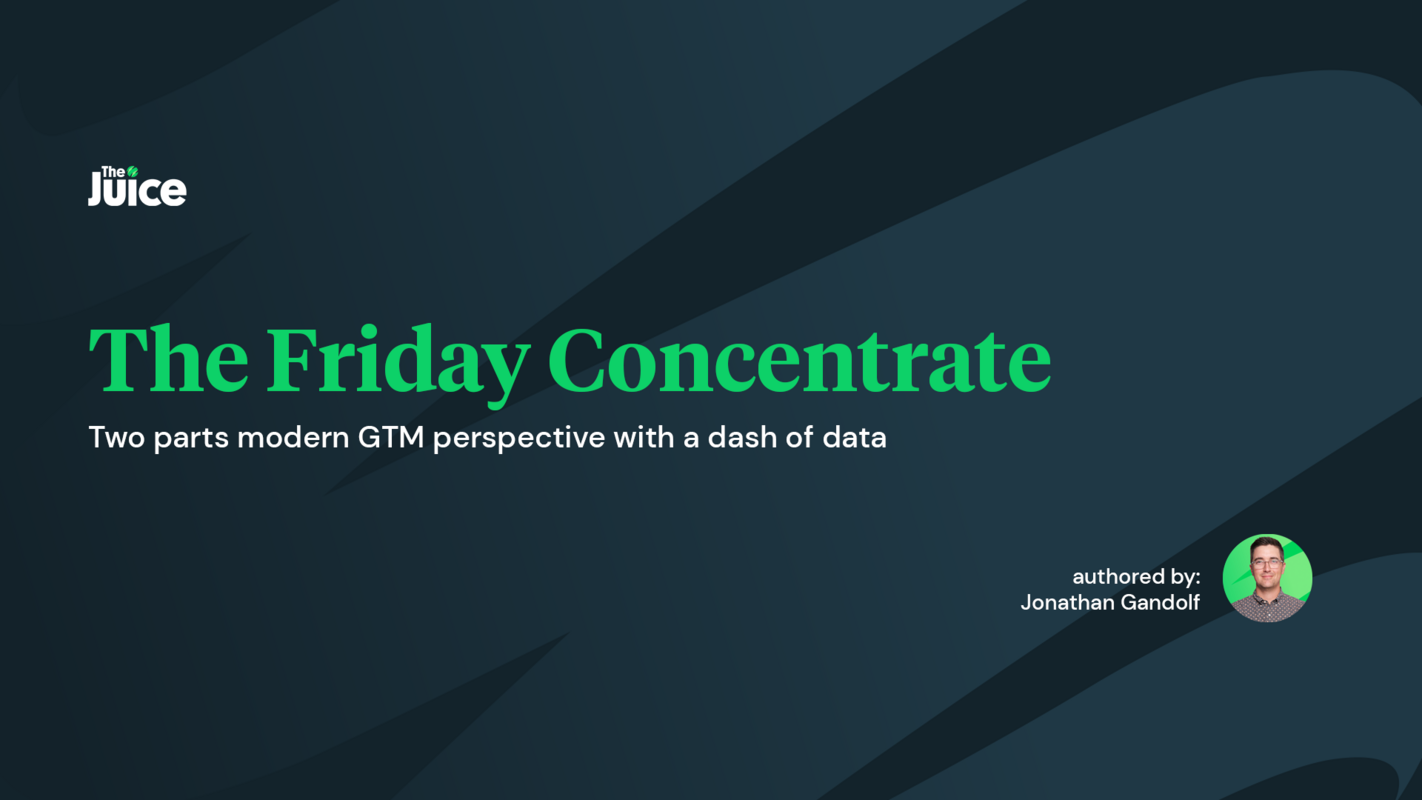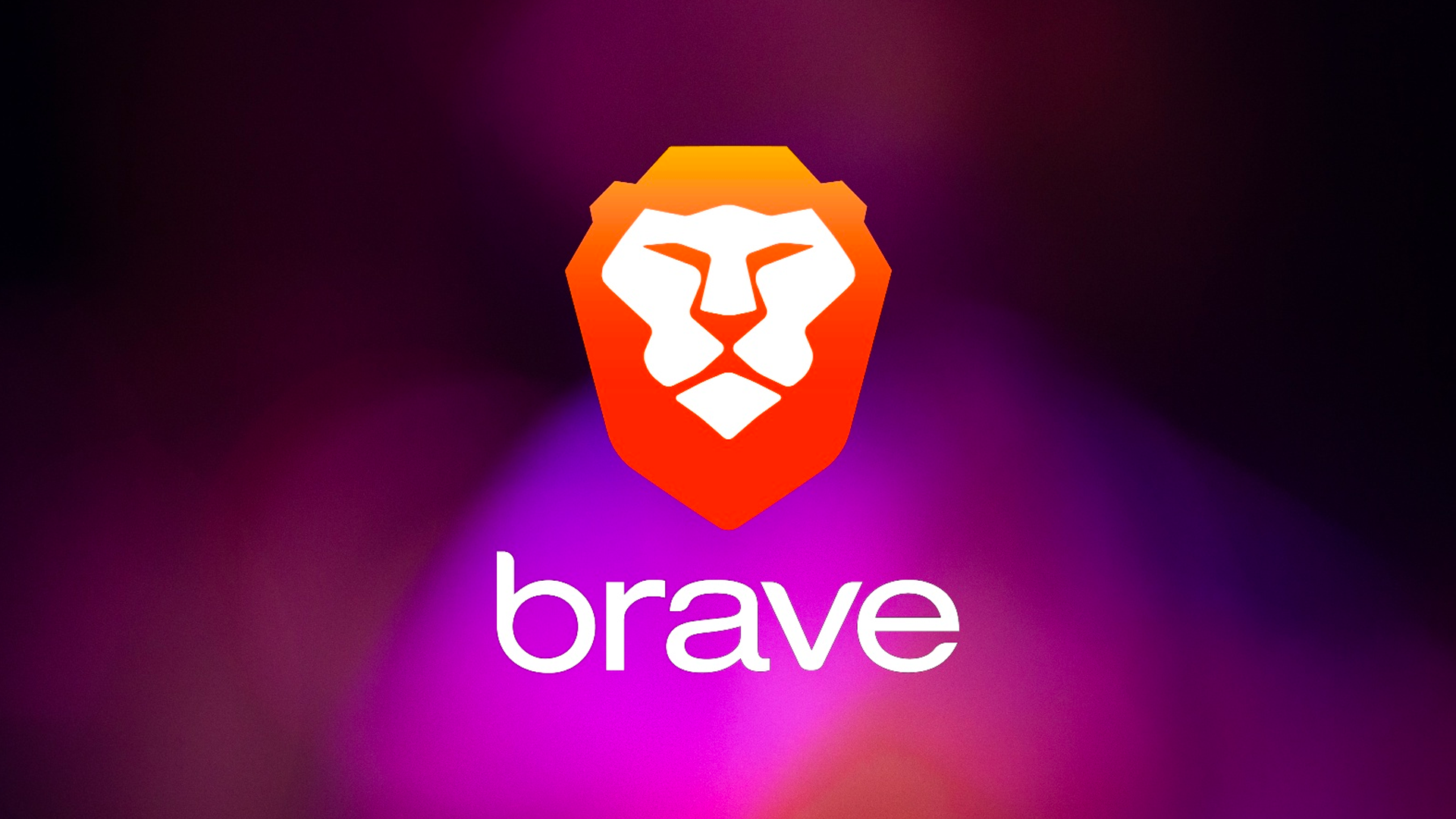Digital Advertising
Digital Advertising has become an indispensable tool in today’s fast-paced, technology-driven world. It involves the promotion of products, services, or brands through various digital channels such as search engines, social media platforms, email marketing campaigns, and mobile apps. In recent years, the digital advertising industry has experienced tremendous growth due to the increasing number of internet users worldwide and the rapid rise of technology. This has led to a surge in demand for skilled professionals who can create effective ads that resonate with consumers and drive business results.
One common debate that arises within this realm is digital advertising vs digital marketing. While they may seem similar at first glance, there are distinct differences between the two. Digital advertising refers specifically to placing paid advertisements on digital platforms to reach target audiences and generate leads or sales conversions. On the other hand, digital marketing encompasses a broader spectrum of strategies that utilize online channels to connect with customers and promote a brand or product. This includes not only paid advertising but also content marketing, search engine optimization (SEO), social media management, email campaigns, and more. Essentially, digital advertising is a subset of digital marketing.
The transformation of the digital advertising industry over time has been nothing short of remarkable. In its early days marked by rudimentary banners displayed on websites in hopes of attracting clicks from potential customers have now evolved into sophisticated multimedia campaigns that incorporate personalized messaging based on consumer preferences and behavior analysis. Moreover, advancements in artificial intelligence (AI) have paved the way for automated ad targeting systems capable of delivering highly relevant content tailored specifically to individual users’ needs— resulting in improved efficiency and return on investment.
To better understand how digital advertising works in practice, it helps to examine some examples of digital advertising techniques widely used by marketers today:
1) Display Ads: These are visual ads placed on third-party websites or inside applications designed to attract users’ attention while they browse online content. Common formats include banners, videos, rich media (interactive ads), and native ads (ads that look like organic content).
2) Pay-Per-Click (PPC): A popular form of search engine advertising, PPC involves bidding on keywords and ad placement to help businesses appear higher in search results. Advertisers only pay when users click on their ads, driving traffic to the website or landing page.
3) Social Media Advertising: Platforms such as Facebook, Instagram, Twitter, and LinkedIn offer businesses the ability to create targeted ad campaigns that reach specific audience segments based on factors like demographics, interests, and behavior patterns.
4) Video Advertising: With the rise of platforms like YouTube and high-speed internet connections, video advertising has become a popular medium for brands to engage audiences through compelling visual storytelling. Pre-roll (short video ads shown before other videos), mid-roll (shown during breaks in the content), and post-roll (shown after the video ends) are common formats.
5) Mobile Advertising: As smartphone usage continues to soar globally, mobile advertising presents an opportunity for marketers to connect with consumers on-the-go through in-app ads or location-based targeting.
Overall, digital advertising plays a crucial role in modern marketing strategies as businesses strive to adapt and evolve within an increasingly competitive online landscape. By leveraging innovative techniques and data-driven insights, brands can capitalize on the vast potential offered by digital platforms—ultimately resulting in improved customer engagement and increased revenue growth.
Types Of Digital Advertising
Digital advertising has emerged as a potent marketing strategy for businesses to reach their target audience. It encompasses various platforms and formats, which offer distinct advantages in terms of reach, engagement, and conversions. This article delves into the different types of digital advertising that marketers can leverage to maximize their promotional efforts.
Digital display advertising refers to the use of visual creatives like images, videos, or animations on websites, apps, or social media platforms to communicate a brand’s message and entice users to take action. Some common formats include banners, leaderboards, and native ads. These creatives are designed to blend in seamlessly with the surrounding content without disrupting the user experience. Display ads often help build brand awareness and recall while driving website traffic through enticing visuals.
Paid media is another critical component of digital advertising that involves investing resources in various channels like search engines, social networks, and other platforms to enhance visibility and drive results. It includes sponsored posts on Facebook or Instagram, promoted tweets on Twitter, pay-per-click (PPC) campaigns on Google Ads or Bing Ads – essentially any format that allows advertisers to buy ad space directly from publishers or platforms.
Social media advertising is an integral part of paid media strategies as it enables brands to target specific demographics based on age, gender, location, interests – even behaviors like online shopping habits. This granular targeting capability presents a unique opportunity for businesses to engage with their ideal customers effectively. Popular social media ad formats include carousel ads showcasing multiple products or promotions within a single ad unit on Facebook and Instagram Stories ads featuring full-screen vertical visuals aimed at younger audiences.
Digital advertising platforms play a vital role in connecting advertisers with publishers by providing an ecosystem where marketers can manage their campaigns across different channels more efficiently. These platforms offer advanced targeting options based on user data such as browsing behavior or purchase history along with analytics tools for measuring campaign performance like impressions served clicks generated conversion rates achieved cost per acquisition (CPA) and return on ad spend (ROAS). Some prominent digital advertising platforms include Google Ads, Facebook Ads Manager, and programmatic buying platforms like the Trade Desk or MediaMath.
Digital video advertising has gained popularity in recent years due to the rapid rise of streaming services and video-sharing platforms like YouTube. Video ads offer a higher level of engagement compared to static image ads, as they can convey more information and emotions within a short time frame. Examples of digital video advertising formats include in-stream pre-roll ads that play before a video starts, mid-roll ads that play during breaks in content, outstream ads embedded within editorial content, and sponsored or branded videos created in collaboration with influencers.
Programmatic digital advertising refers to the automated buying and selling of online ad inventory through machine learning algorithms and real-time bidding (RTB) processes. It helps advertisers optimize their campaigns by dynamically adjusting bid prices placements targeting parameters based on campaign goals KPIs performance data available in the platform’s database. This approach allows for more efficient budget allocation improved ROI greater transparency control over ad placements reduced wastage from irrelevant impressions – all contributing to an overall better marketing strategy.
Lastly, search advertising is an essential aspect of digital advertising where marketers place text-based ads on search engine results pages (SERPs) like Google or Bing for targeted keywords relevant to their business offerings. These ads are designed to appear at the top or bottom of organic search results, making them highly visible to users actively searching for information related to a product or service. Search advertising operates on a PPC model where advertisers only pay when users click their ads, driving traffic directly to designated landing pages optimized for conversion.
In conclusion, various types of digital advertising serve different purposes depending on an advertiser’s goals and target audience. By leveraging multiple formats and platforms such as display ads, paid media, social media advertising, digital video, programmatic buying, search campaigns – businesses can create comprehensive integrated marketing strategies that drive growth enhance brand visibility foster customer engagement ultimately contribute to higher revenue generation.
Digital Advertising Services
Digital advertising services have become an essential component of modern marketing strategies. The continuous growth of the online landscape has given businesses endless opportunities to promote their products and services. To make the most out of these prospects, businesses need to create a comprehensive digital advertising strategy. This approach encompasses different techniques and platforms, ensuring optimal results from online campaigns.
One aspect that greatly contributes to the success of a digital advertising strategy is choosing the right digital advertising companies to partner with. These companies specialize in various aspects of digital marketing, from search engine optimization to social media management. By collaborating with experienced professionals, businesses can develop tailored solutions that effectively target their desired audience and generate leads.
In addition to partnering with reputable digital advertising companies, working with a reliable digital advertising agency is another crucial factor for success. Agencies provide guidance and expertise in navigating the complex world of digital marketing. They work closely with clients in creating data-driven strategies that capitalize on emerging trends and platforms, ultimately boosting brand visibility and sales.
Any digital advertising partner should help you stay current with evolving digital advertising trends in order to maintain a competitive edge in the market. Some notable trends include the increased usage of artificial intelligence (AI) in ad targeting, video marketing advancements like shoppable videos, augmented reality (AR) implementations for immersive ads experiences, and programmatic ad buying optimization through machine learning algorithms. Keeping up with these developments enables businesses to adapt their tactics accordingly and ensure they remain at the forefront of their industries.























![Navigating the Golden Age of Storytelling: The Enduring Power of Content Marketing [Guest Feature] Navigating the Golden Age of Storytelling: The Enduring Power of Content Marketing [Guest Feature]](https://main-app-production-public.s3.amazonaws.com/zzfldpogscnk6eu640fa7znk6viz)









